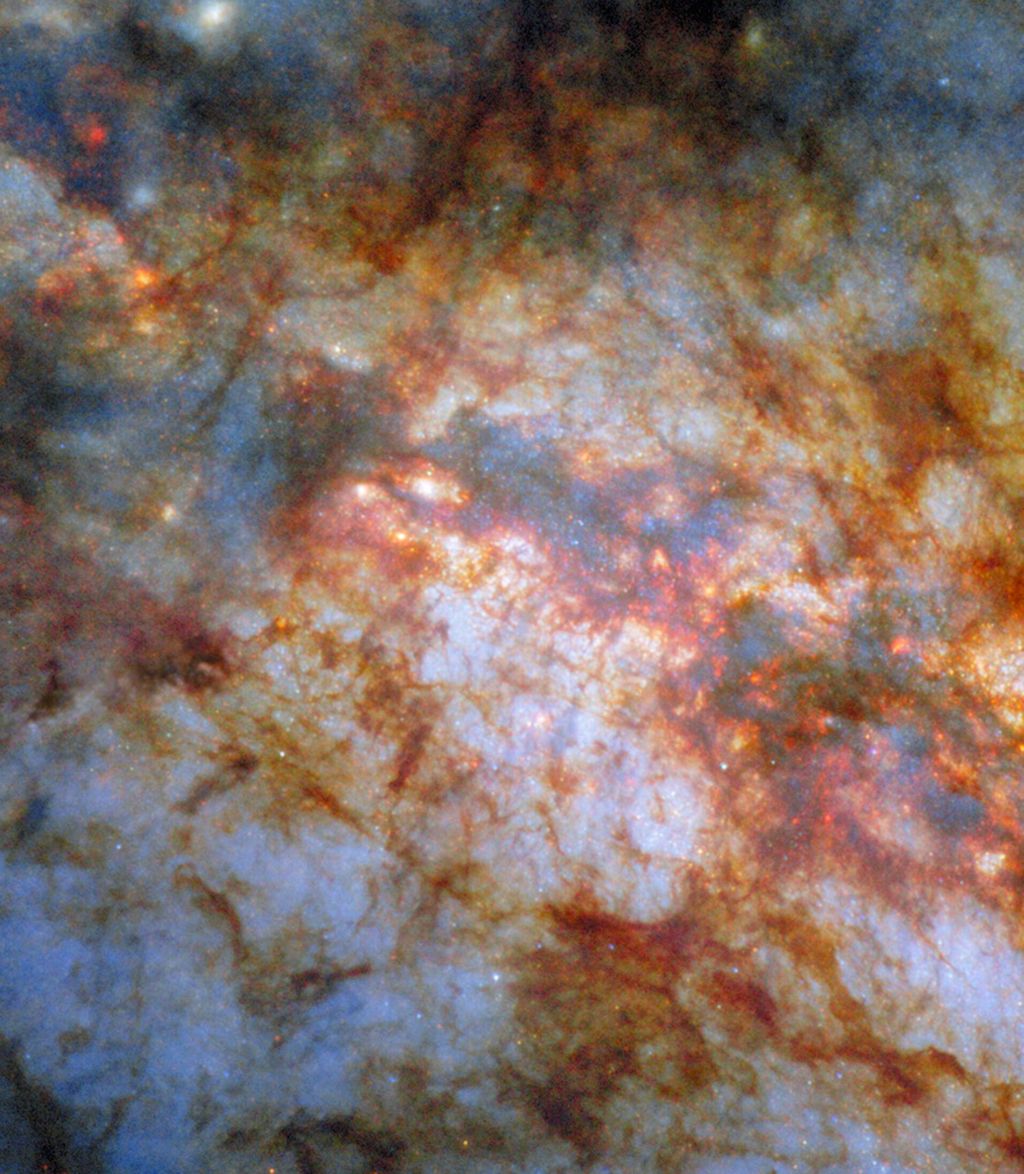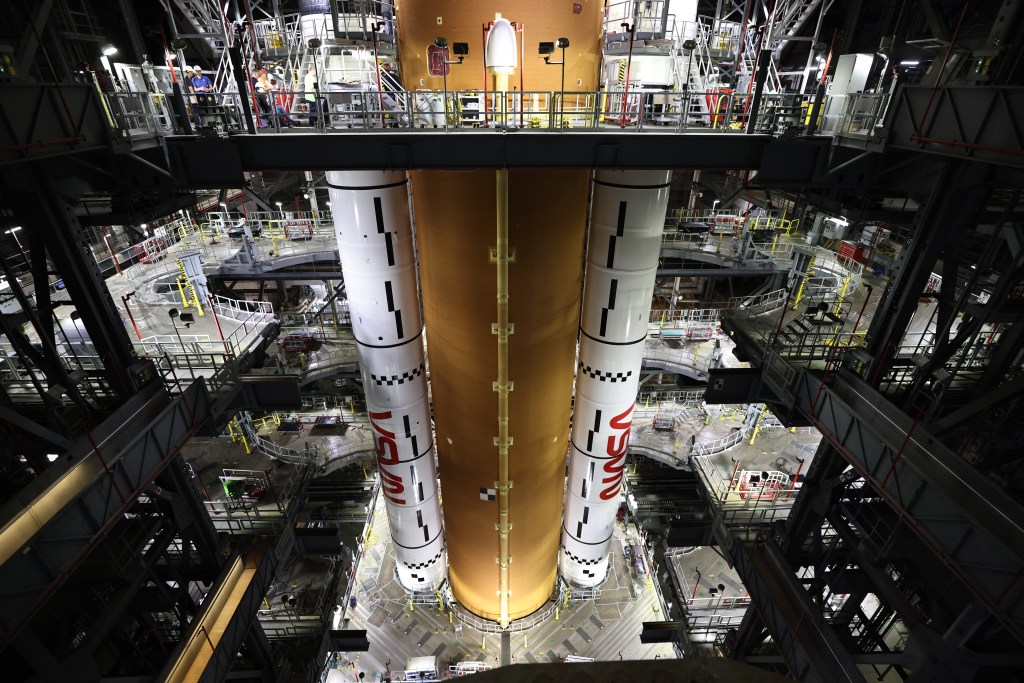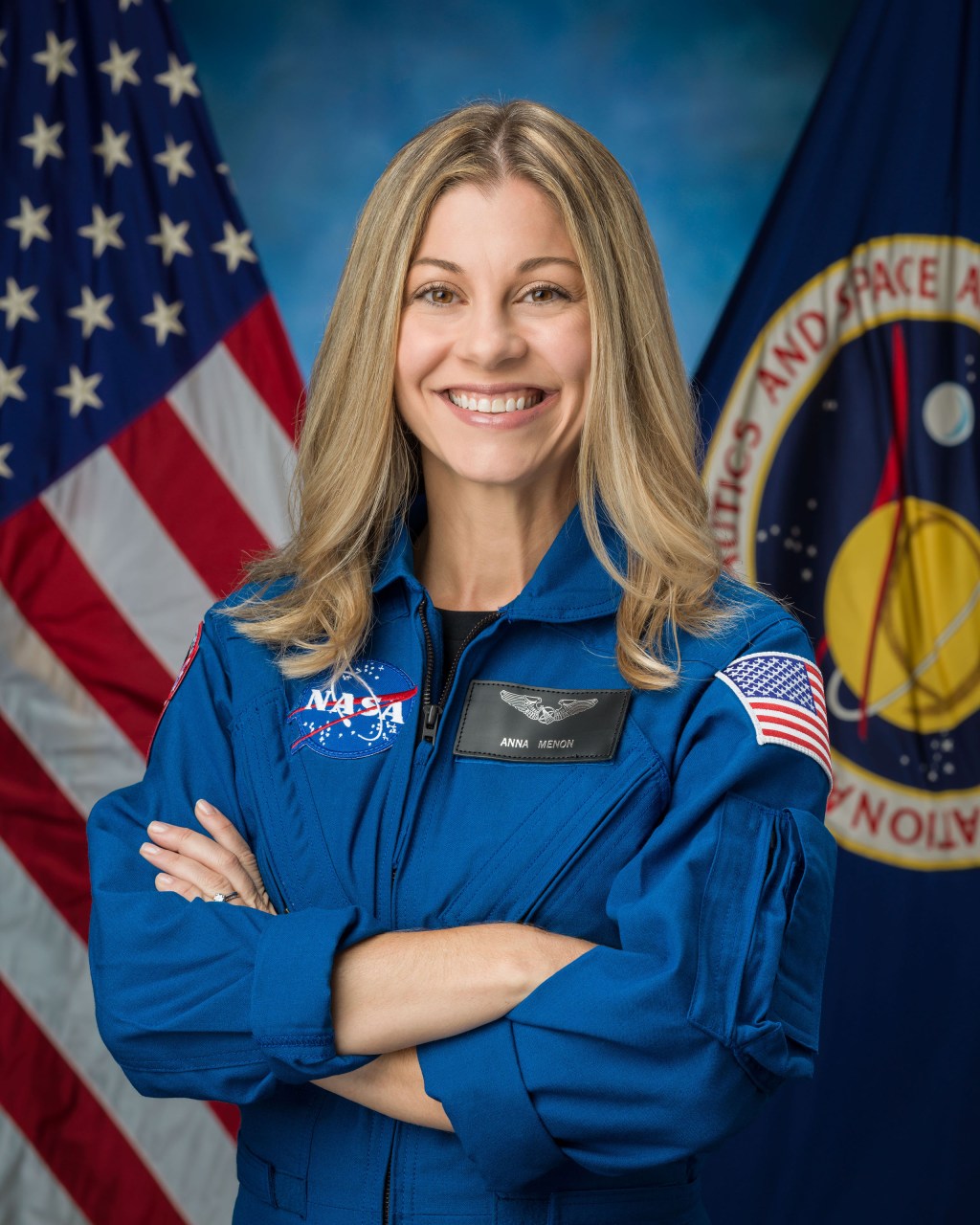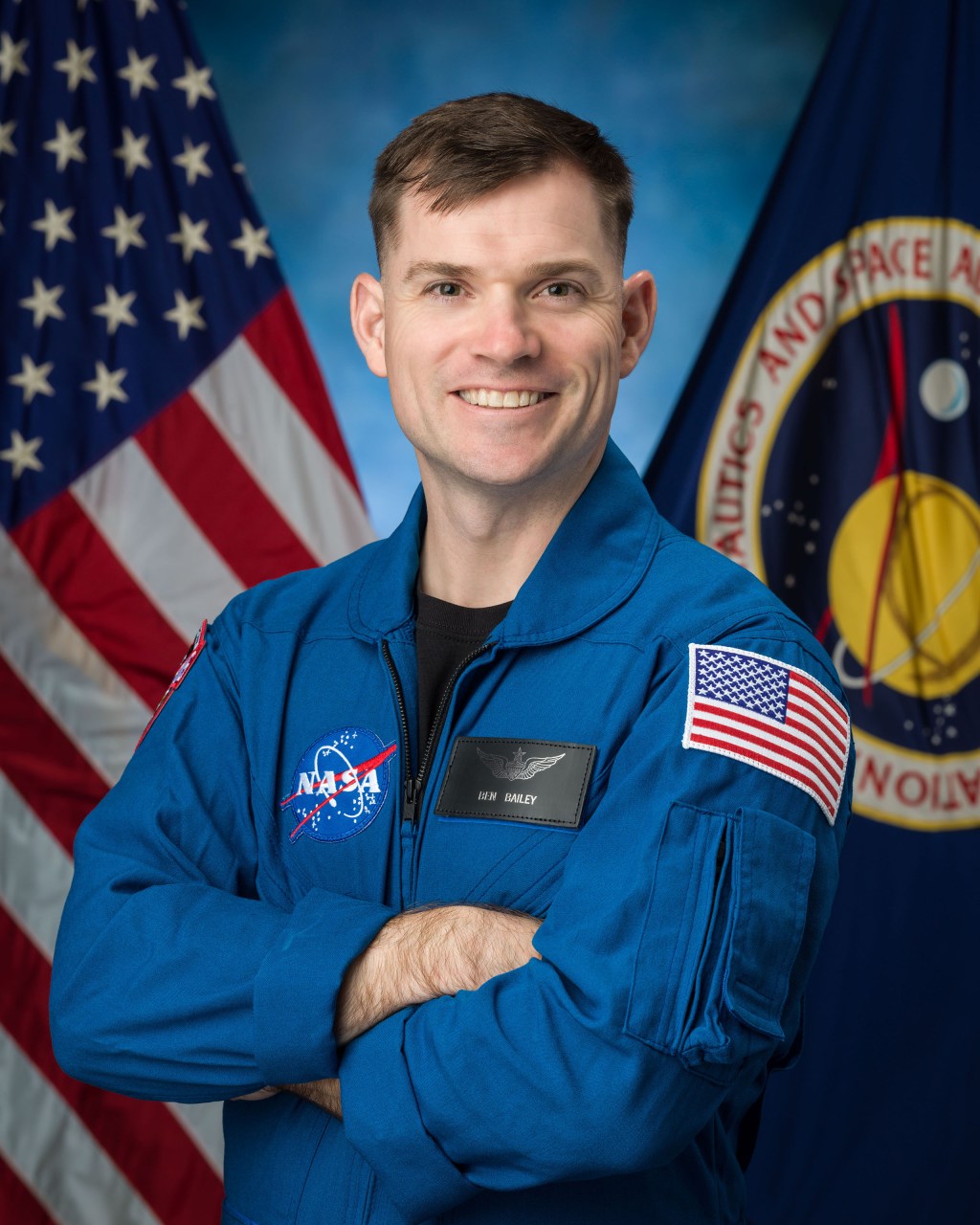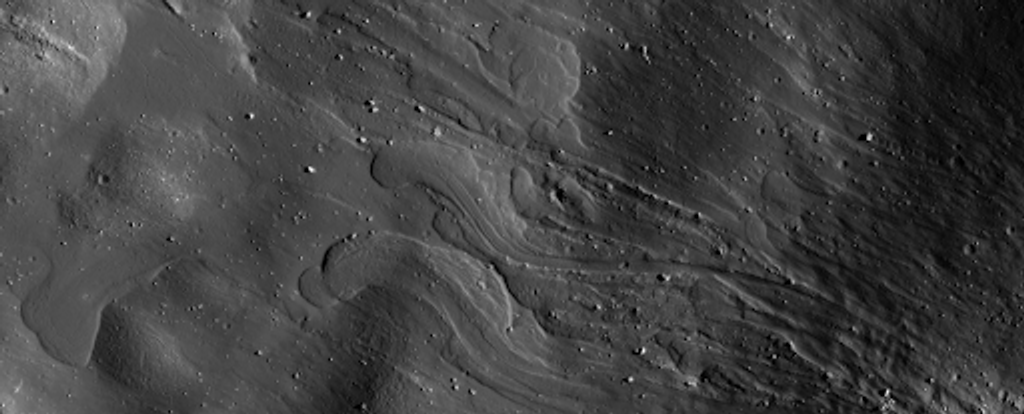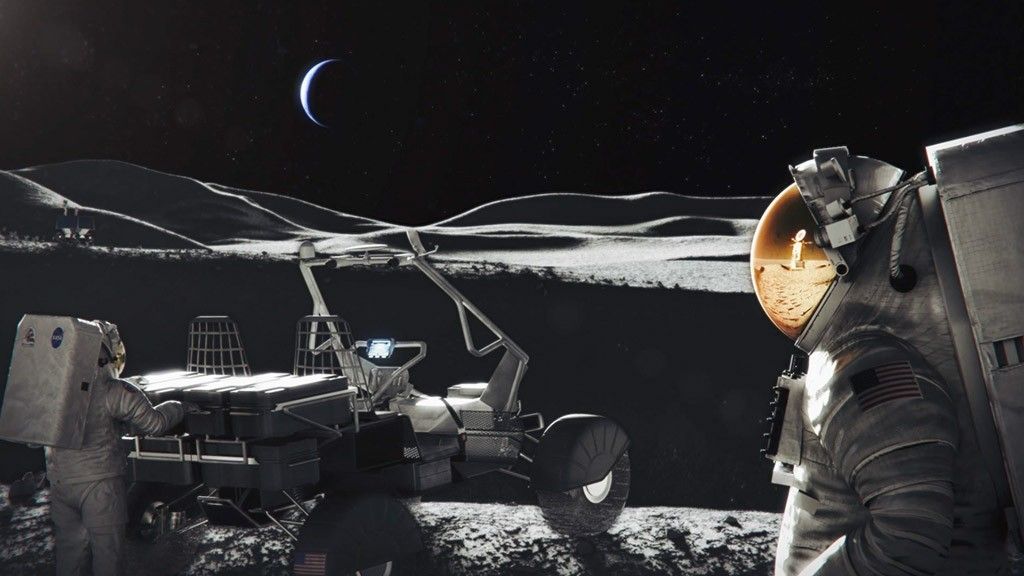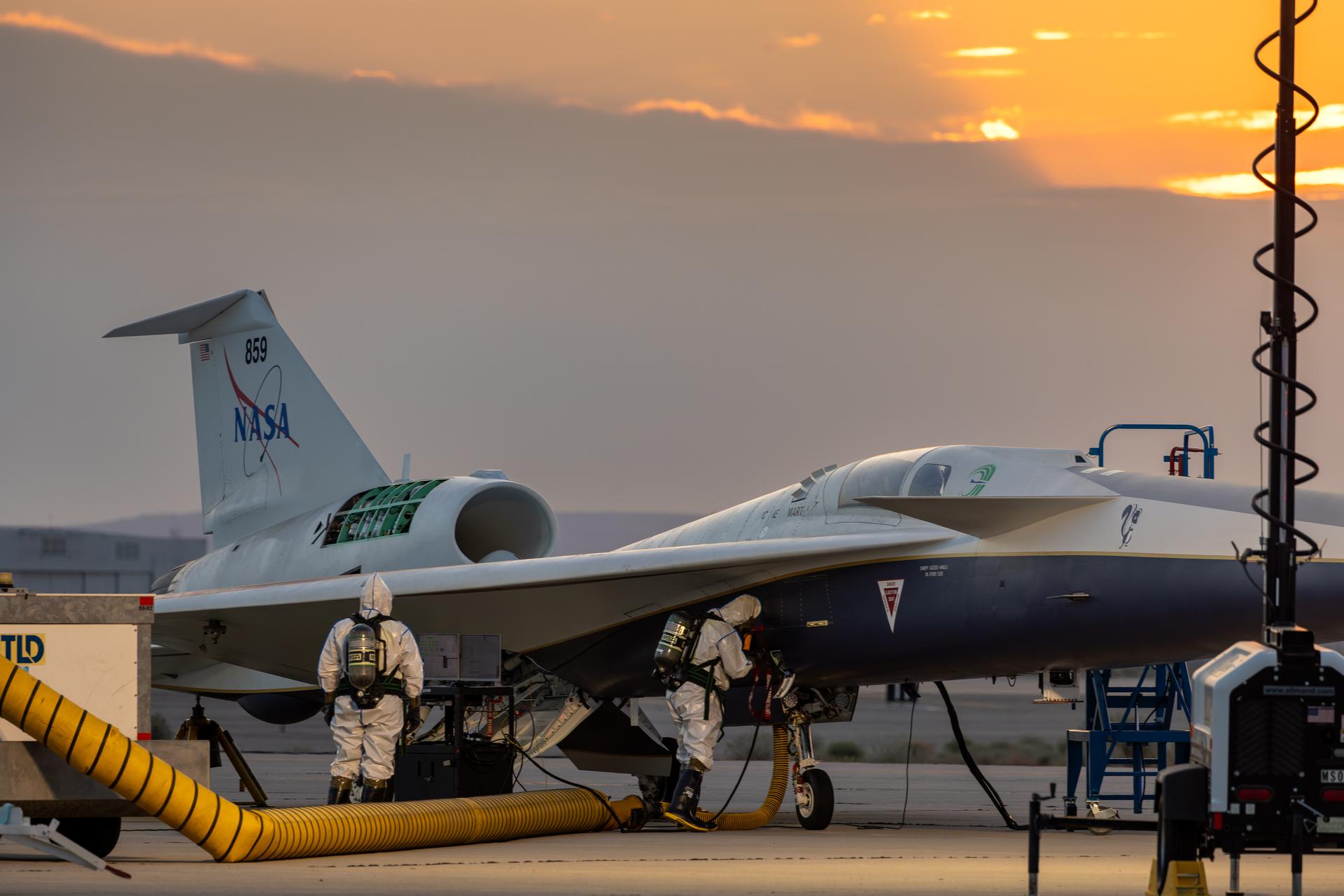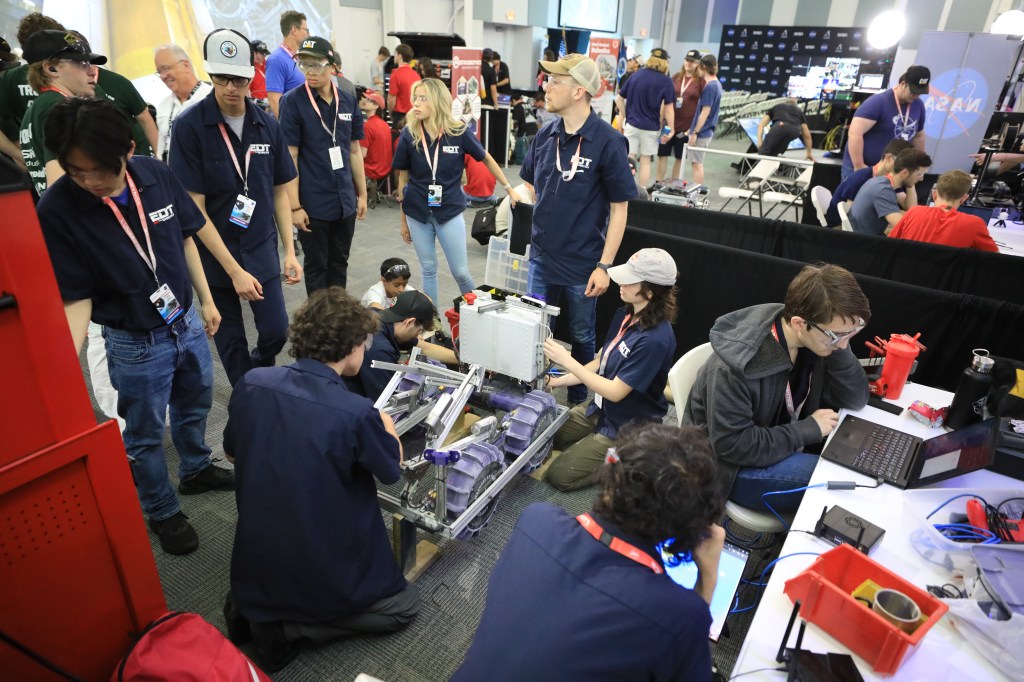Parker Solar Probe Completes 24th Close Approach to Sun
NASA’s Parker Solar Probe completed its 24th close approach to the Sun on Thursday, June 19, matching its record distance of 3.8 million miles (6.2 million kilometers) from the solar surface. Following this flyby — the last of the spacecraft’s baseline mission plan — Parker Solar Probe will remain in orbit around the Sun and continue making observations until next steps for the mission are formally reviewed in 2026.
Parker Solar Probe checked in with mission operators at the Johns Hopkins Applied Physics Laboratory (APL) in Maryland — where it was also designed and built — on Sunday, June 22, reporting that all systems are healthy and operating normally. The spacecraft was out of contact with Earth and operating autonomously during the close approach.
During this flyby, the spacecraft also equaled its record-setting speed of 430,000 miles per hour (687,000 km per hour) — a mark that, like the distance, was set and subsequently matched during close approaches on Dec. 24, 2024, and March 22, 2025.
This close to the Sun, the spacecraft relied on its innovative carbon foam shield, known simply as the Thermal Protection System, to protect itself from the intense heat. Spacecraft operators expect the shield faced temperatures of between 1,600 to 1,700 F (870 to 930 C) at closest approach.
During the solar encounter — which began June 14 and ends June 24 — Parker’s four scientific instrument packages are gathering unique observations from inside the Sun’s corona. The flyby, as the third at this distance and speed, is allowing the spacecraft to conduct unrivaled measurements of the solar wind and solar activity while the Sun is in a more active phase of its 11-year cycle.
Parker’s observations of the solar wind and solar events, such as flares and coronal mass ejections, are critical to advancing humankind’s understanding of the Sun and the phenomena that drive high-energy space weather events that pose risks to astronauts, satellites, air travel and even power grids on Earth. Understanding the fundamental physics of space weather enables more reliable prediction of astronaut safety during future deep-space missions to the Moon and Mars.
“Parker Solar Probe remains in excellent health, with both the spacecraft and its instruments ready to continue their groundbreaking mission,” said Arik Posner, Parker Solar Probe program scientist at NASA Headquarters in Washington. “The spacecraft will keep exploring the solar atmosphere as the Sun enters the declining phase of its 11-year cycle, providing a unique opportunity to study how solar activity evolves and shapes the heliosphere during this pivotal period.”
Parker Solar Probe was developed as a part of NASA’s Living With a Star (LWS) program to explore aspects of the Sun-Earth system that directly affect life and society. The LWS program is managed by the agency’s Goddard Space Flight Center in Greenbelt, Maryland, for NASA’s Science Mission Directorate in Washington. APL manages Parker Solar Probe for NASA and designed, built, and operates the mission.
Media contact:
NASA’s Goddard Space Flight Center, Greenbelt, Md.




